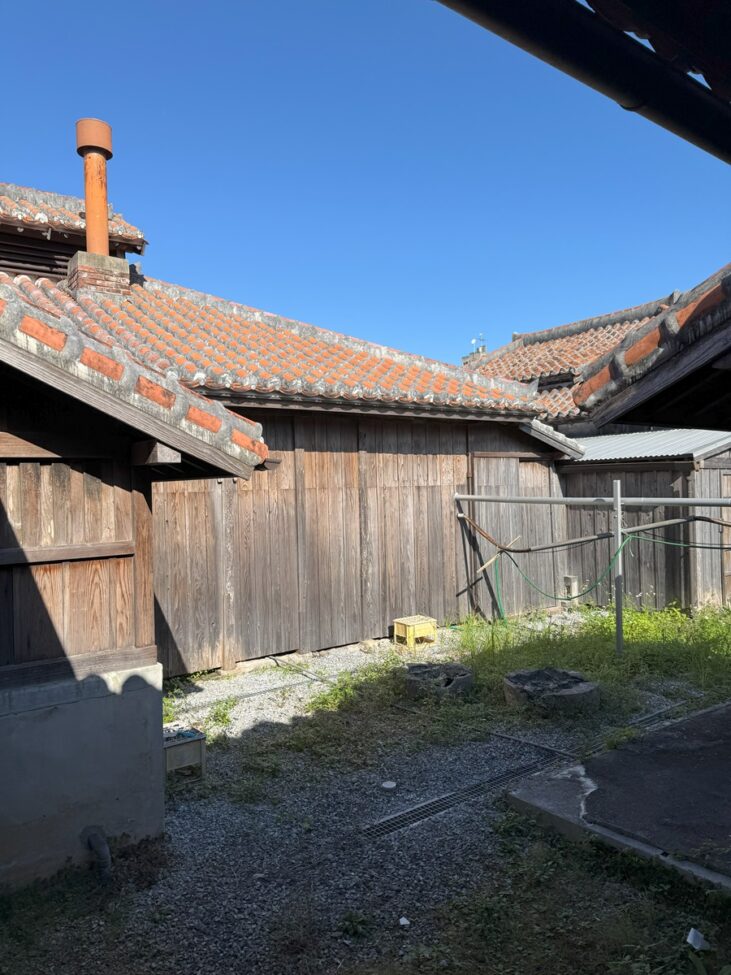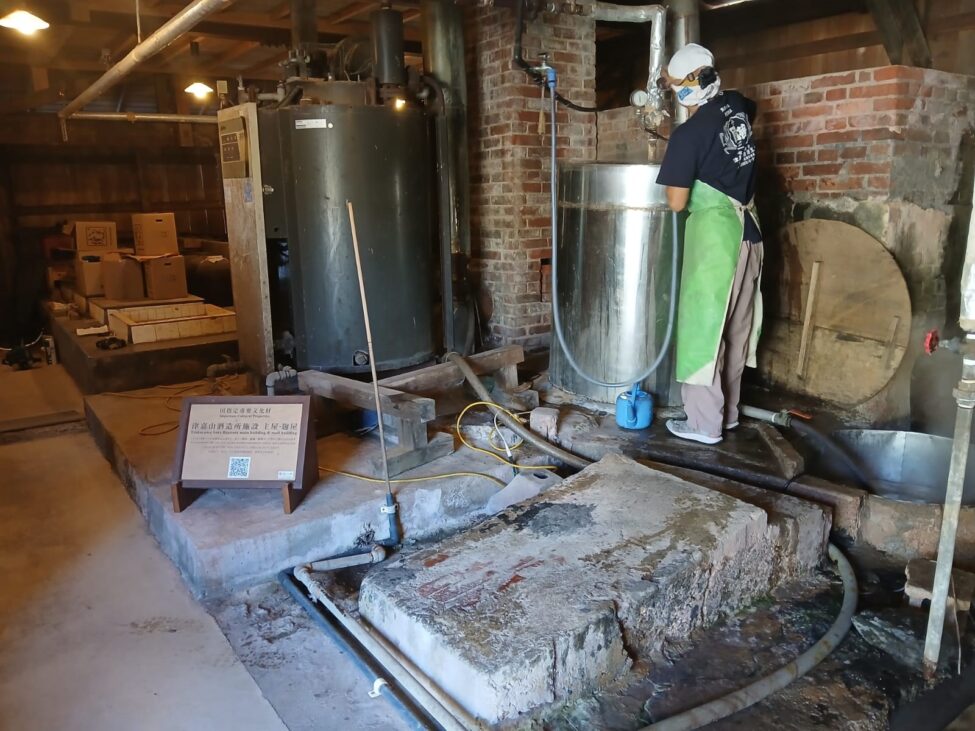
Awamori in Okinawa

I had never encountered “awamori” until my trip to Okinawa, which included a visit to Tsukayama Awamori Distillery, arranged by the Okinawa Prefectural Government Singapore Representative Office. This distillery is a rare gem on Okinawa’s main island, having survived World War II while retaining its original structure. Located in Nago, just north of Naha, it is a small-scale producer of Okinawa’s traditional awamori liquor, reflecting the island’s rich history of occupation and cultural heritage.
Established in 1928, the distillery features charming timber architecture topped with traditional red kawara roof tiles and is recognized as one of Japan’s National Important Cultural Properties. I had the pleasure of being guided by head toji brewer Hidekazu Akimura, who showed me the distilling rooms and the historical residential area where the director once lived due to the labor-intensive production process.

The site also includes a garden designated as a nationally registered important cultural property. Interestingly, the distillery escaped bombing during wartime, serving briefly as a U.S. military office and barracks. Today, with only three dedicated staff, Tsukayama produces awamori available in 30% and 43% alcohol variations, each with different aging options that create a smoother, richer liquor over time.

Awamori, believed to be Japan’s oldest spirit, boasts a 600-year history. This unique liquor is crafted from rice, water, and black koji mold, undergoing fermentation and distillation to yield a spirit with less than 45% alcohol content. Once distilled, it is aged to enhance its flavor.

The distillation technique was likely introduced to Okinawa, once known as the Ryūkyū Islands, in the 15th century from present-day Thailand. Unfortunately, many distilleries were damaged during World War II, leading to the loss of numerous aged awamori varieties, some over a century old.

When Okinawa reunited with mainland Japan in 1970, the situation became increasingly challenging as competition grew from sake and Western spirits. This necessitated a rebranding of awamori, which had long been viewed as a strong-smelling beverage typically consumed at home. Today, awamori is recognized as a representative Okinawan drink, though it largely remains unknown outside the region.
The production of awamori primarily involves Indica rice imported from Thailand. Its hardness allows for easier work with black koji, enabling better temperature control when adding water and yeast during fermentation. Black koji, a mold indigenous to Okinawa, is essential for the process, generating citric acid that inhibits bacterial growth, crucial for fermentation in Okinawa’s warm and humid climate.


The production process begins with washing and steaming the rice, followed by inoculating it with black koji spores. After two days of careful temperature control, the rice is placed in a large tank with added water and yeast. This mixture, called moromi, undergoes transformation as enzymes convert rice into sugars, which the yeast ferments into alcohol. After two weeks, the moromi is distilled, yielding a rich-flavored liquor. Water is added to adjust the alcohol content below 45%, and it is then matured in earthenware pots before bottling, allowing the flavor to develop further over time.


The most traditional way to enjoy awamori is by sipping it from tiny, thimble-sized cups called chibuguwa. It’s important to savor it slowly rather than consuming it in one gulp. Take a moment to appreciate the aroma before your first sip, and enjoy the fragrance again after finishing your cup. Awamori makes a great cocktail base, especially when paired with citrus flavors. It can also be enjoyed as awamori coffee!
Tsukayama Awamori Distillery
1-14-6 Onaka, Nago
Okinawa 905-0017






